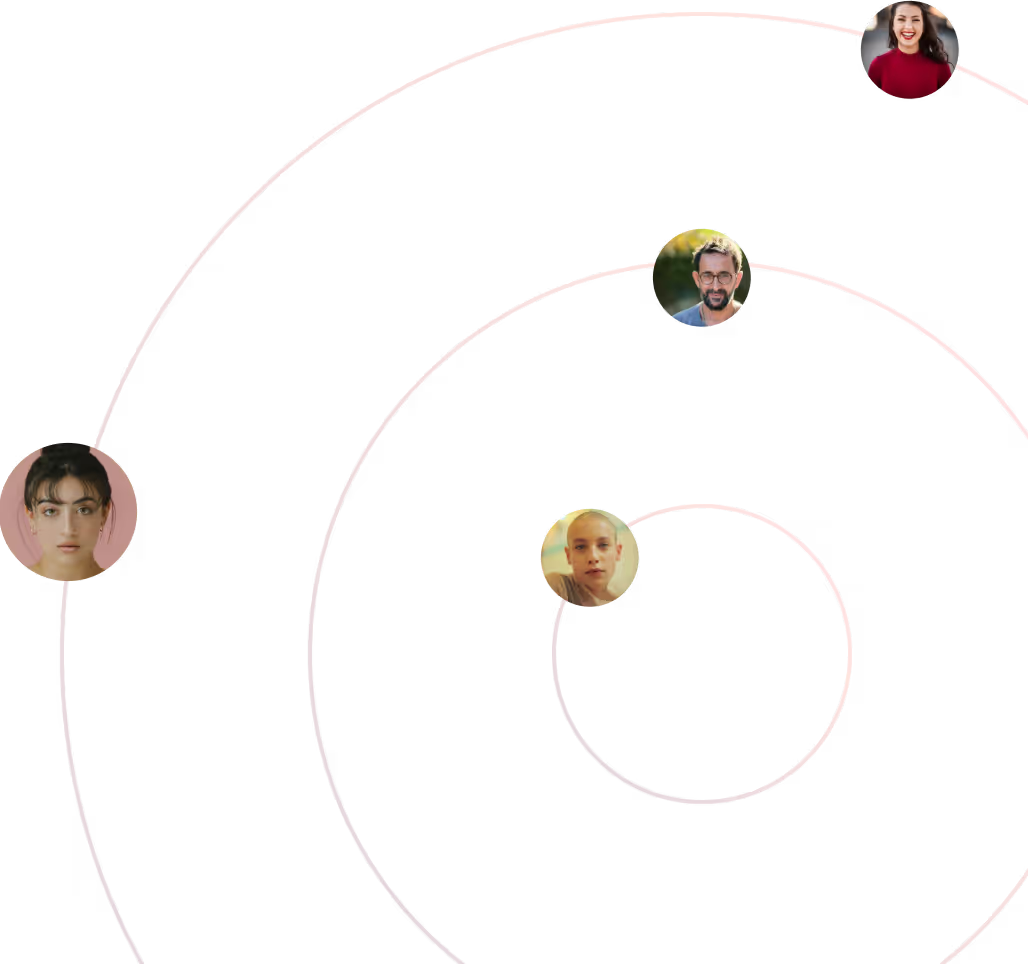Customer Contact Week (CCW) Orlando once again brought together contact center leaders, tech innovators, and industry professionals to explore the latest trends in customer experience (CX). This year’s event zeroed in on artificial intelligence (AI)—but not in the way some might expect.
Yes, AI solutions headlined nearly every booth and breakout session. However, industry leaders showed a more measured, human-centric approach than the typical “AI will replace all agents” narrative. Instead, the conversations focused on how AI and human agents can work together to deliver better outcomes.
Below, we recap our biggest takeaways from CCW Orlando, including why AI won’t replace people anytime soon, how AI impacts the complexity of incoming queries, and why flexible staffing models might just be your secret weapon for future-proofing the contact center.
AI + People > AI vs. People
A key theme at CCW Orlando was the collaborative potential of AI rather than AI as a substitute for human agents.
Executives repeatedly stressed that while AI-powered solutions excel at repetitive tasks (like handling common FAQs, basic account changes, or tracking statuses), human agents remain indispensable for complex or high-emotion interactions.
Contact Center Demand Grows More Complex with AI
When AI efficiently handles simple inquiries, remaining interactions become more nuanced.
A question that was once a simple password reset may expand into multiple account-level issues when escalated. According to some leaders in healthcare and logistics, we can expect a rise in complexity for human-led support.
Prepare for Volatility in Call Volume
Removing a large chunk of basic calls via AI also increases operational volatility.
Without the usual “base load” of routine questions, contact centers could see sharper peaks and valleys in demand.
“You’ve introduced a new level of unpredictability that the traditional call center model can’t easily absorb,” explains Trevor Clark
ROI of AI Implementation
Everyone wants to reduce costs and streamline workflows with AI, but ROI isn’t automatic.
As your automated solutions succeed at taking on simple tasks, you may face new staffing challenges. Overstaffing erodes the initial cost-saving benefit, while understaffing leads to long wait times and dissatisfied customers.
Looking Ahead: 2025 and Beyond
For a detailed look at how AI adoption might reshape call volume and workforce dynamics, check out ShyftOff’s 2025 Predictions Report.
It illustrates how successful AI implementations could remove up to 60-70% of call volume, leading to higher volatility and the need for on-demand staffing models.










